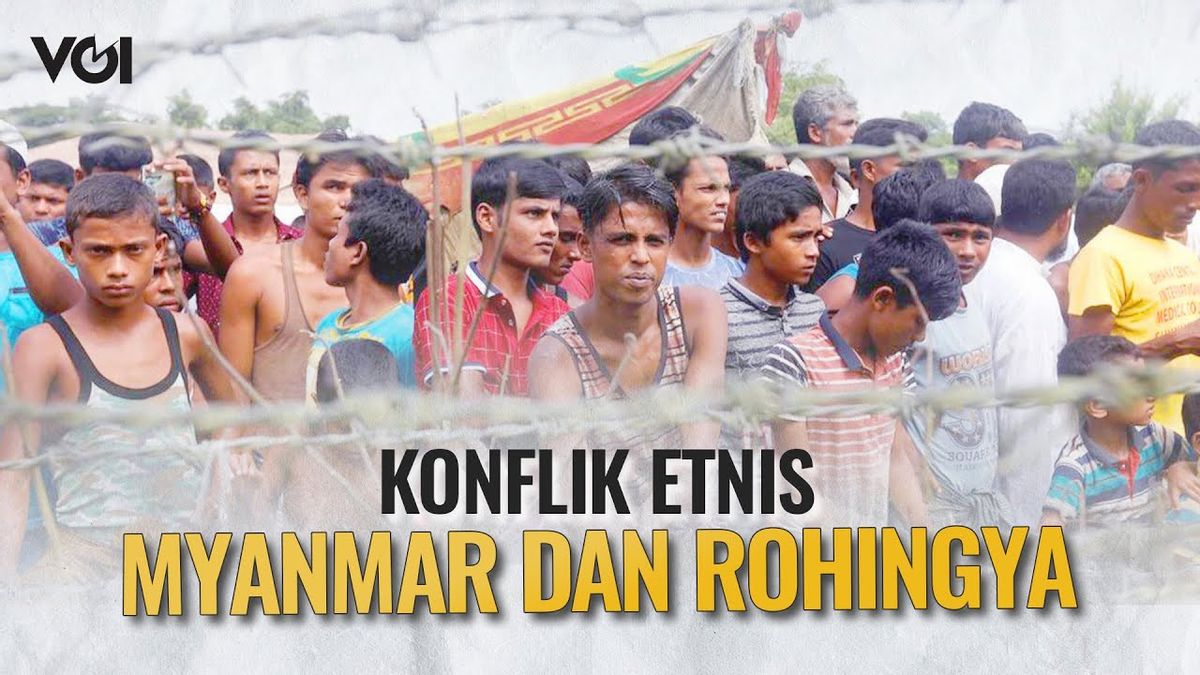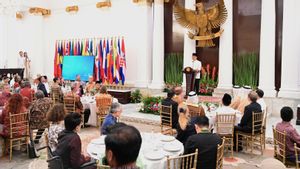JAKARTA - Over the past few weeks, Indonesia has been shocked by the arrival of thousands of Rohingya refugees on the coast of Aceh. Their arrival was related to the ethnic conflict that occurred in Myanmar. They fled to find a place to improve life. However, did you know the history of the Rohingya conflict in Myanmar? Here's the review.
Since the end of the 18th century, the Rohingya conflict began with North Arakan consisting of the cities of Maungdaw and Buthidaung which were hit by various riots and the flow of refugees. Quoted from Human Rights Watch, thousands of Rohingya residents fled to what is now Bangladesh in four periods, namely the late 1700s and early 1800s, 1940s, 1978, and the last in 1991 and 1992.
The explosion of the flow of refugees was due to a feud related to ethnicity and religion. During the UK's control of Burma, which is currently called Myanmar for more than 100 years, there was a massive migration to the country from India and Bangladesh. Of course Myanmar responded negatively to this. After Myanmar succeeded in gaining independence in 1948, the migration that occurred during the British government was considered illegal, so they rejected Rohingya citizenship.
This has led many Buddhists to regard the Rohingya as a lecherous person and reject the mention of the Rohingya on a political basis. Shortly after independence, Myanmar passed a law that rejected Rohingya citizenship and allowed them to have no citizenship.
In the law, the basic requirement is to have a document of proof of birth in Myanmar before 1948 and to be fluent in one of the national languages. Of course, this rule makes it difficult for Rohingya residents. For decades, the Rohingya people continued to experience violence, persecution and discrimination.
In August 2017, Myanmar's security forces began a systematic campaign of violence against Rohingya residents in Rakhine State. Within two weeks, nearly 300,000 Rohingya residents fled to Bangladesh because there were reports of tense reports related to the killing of hundreds of people, including children.
Cox's Bazar, a district in Bangladesh near Myanmar's border, is filled with refugees forced to sleep on floors and on roads. Their condition is increasingly concerning the lack of food, clean water and shelter. The Rohingya ethnic groups currently number around 1.1 million people and are scattered in various Southeast Asian countries.
Many of them Rohingya refugees even had to walk for days in the forest and through dangerous sea trips to find shelters. Watch the video below.
The English, Chinese, Japanese, Arabic, and French versions are automatically generated by the AI. So there may still be inaccuracies in translating, please always see Indonesian as our main language. (system supported by DigitalSiber.id)











